Liquids and mixes
Fluidics
How liquids behave on Earth is hard to predict and even harder in space without gravity. Getting the last drop out of a packet of orange juice can be a frustrating experience – imagine the challenge for engineers designing satellites to use every drop of fuel in weightlessness or designing rockets with fuel tanks that must deliver fuel to the engines under extreme loads.
The Fluidics experiment looked at a phenomenon called ‘sloshing’ – how liquids move inside closed spaces. The goal is to help industry design better satellite fuel-systems to increase their life and make them less expensive.
A second part of the experiment looked at surface turbulence in liquids. On Earth, gravity and surface tension influence how a force dissipates in waves or ripples. By conducting Fluidics in space, scientists could observe how surface forces behave without gravity – removing one factor from the equation simplifies understanding the phenomenon.
The experiment consisted of three small transparent spheres with a centrifuge to move the liquids inside. One sphere used for the wave turbulence experiment held distilled coloured-water, the other two spheres used for the sloshing experiments used a special liquid developed with low viscosity and little surface tension.
Aside from gaining a better understanding of the movement of fluids this experiment could help us understand our oceans and on a larger scale our planet’s climate as a whole.
SODI-DCMIX 3

Fluids and gases are never at rest, even if they appear to be when viewed by the naked eye. Molecules are constantly moving and colliding even though there is no microscope powerful enough to see it. Scientists are interested in observing and measuring how temperature changes lead to the fluid’s constituents redistributing. This research will reveal important, practical information such as how fluids mix or separate in different conditions.
Creating accurate models of how fluids warm up and spread is harder than it might seem. School physics classes can work out how long it would take to boil a litre of water, but what if the water were mixed with oil or a multitude of different liquids?
A mixture on the International Space Station is free from the constraints of gravity and will only react to temperature. SODI-DCMIX exploits this fact to record concentration gradients in mixtures in space to understand how molecules behave in liquids.
The experiment ran for around eight weeks and the data from this third version of SODI-DCMIX were stored on flash disks and returned to the international team of researchers on Earth.


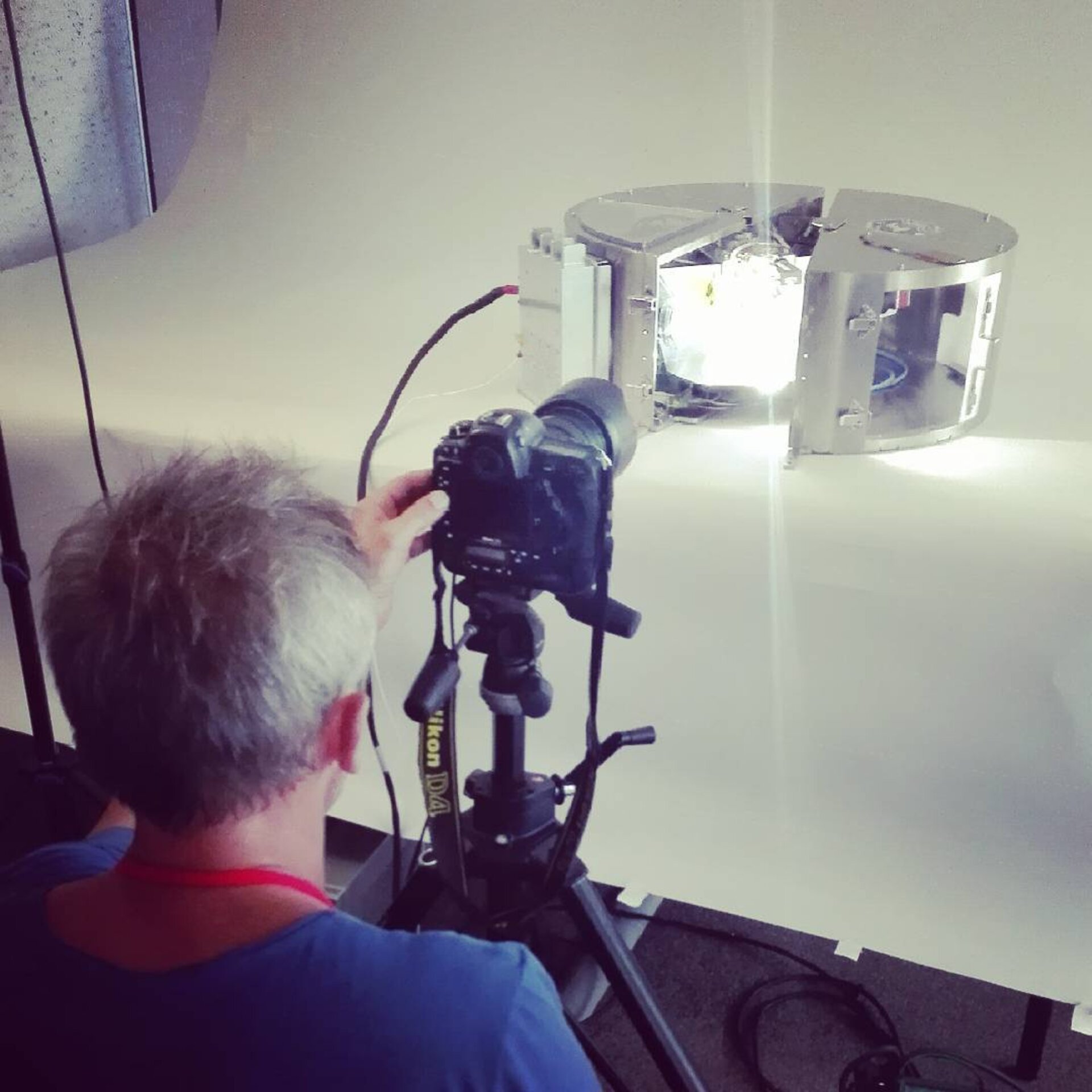

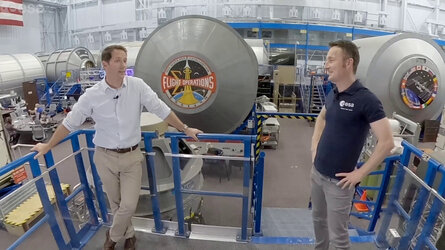

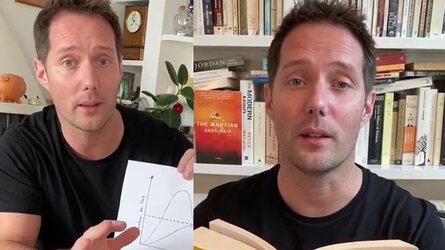



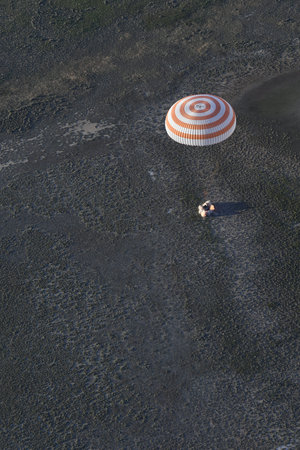
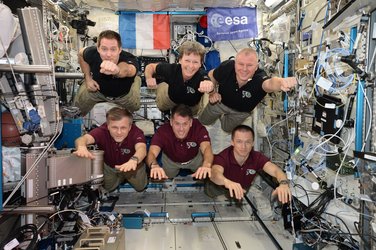
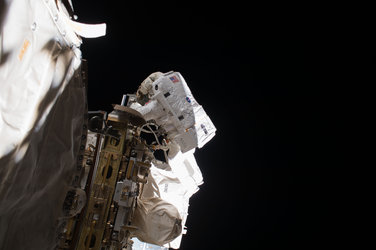
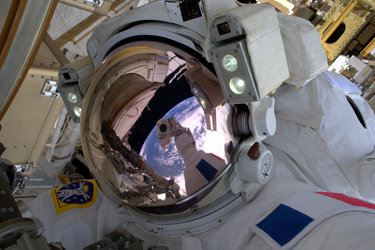
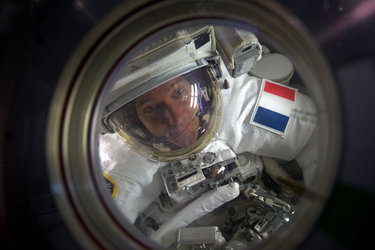
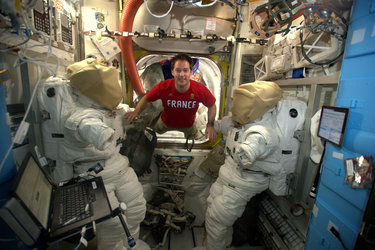
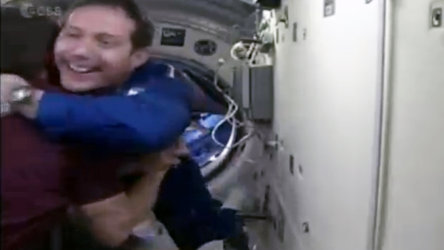
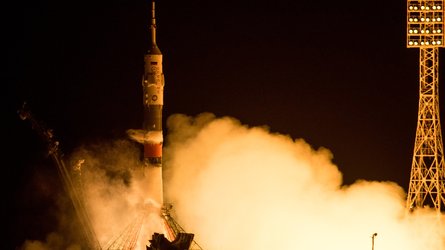
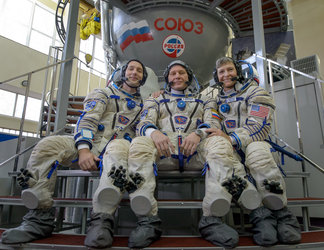
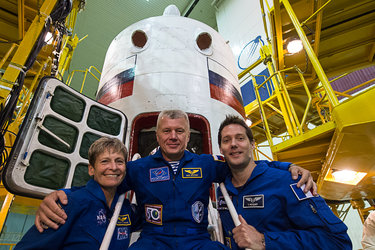

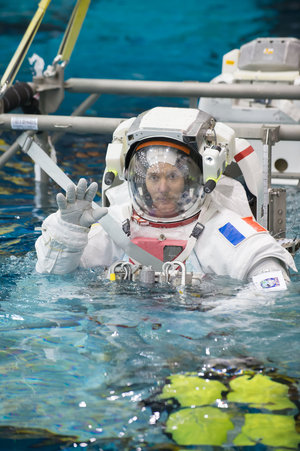

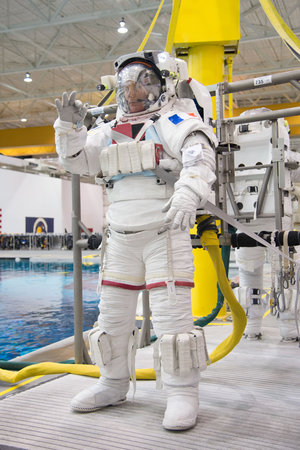
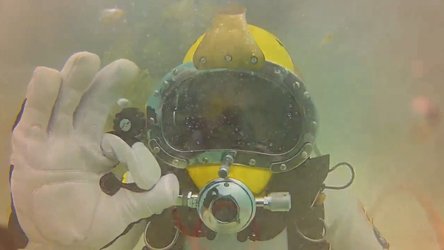
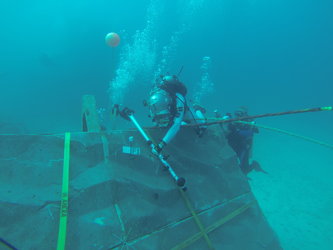




 Thomas Pesquet on Facebook
Thomas Pesquet on Facebook Thomas Pesquet on Instagram
Thomas Pesquet on Instagram Thomas Pesquet on YouTube
Thomas Pesquet on YouTube
